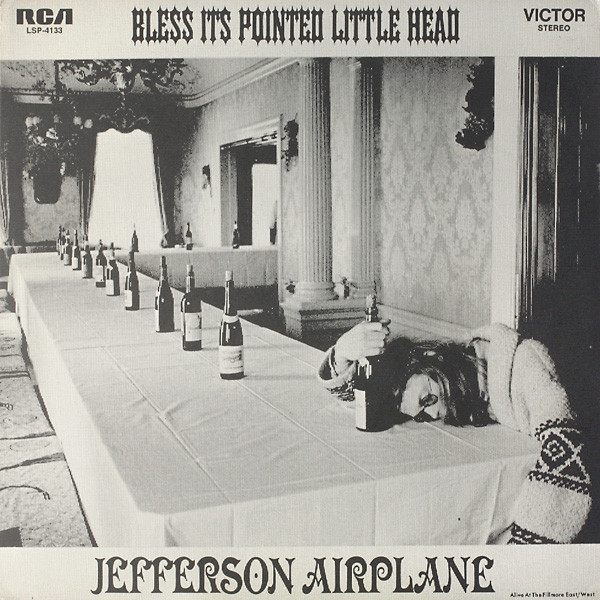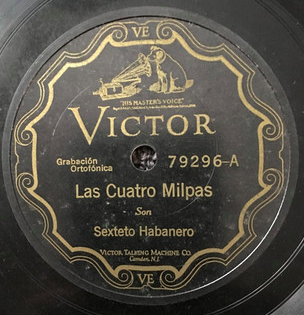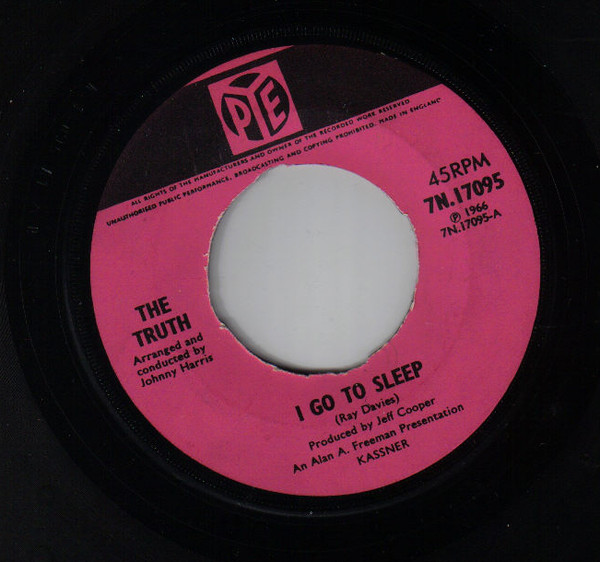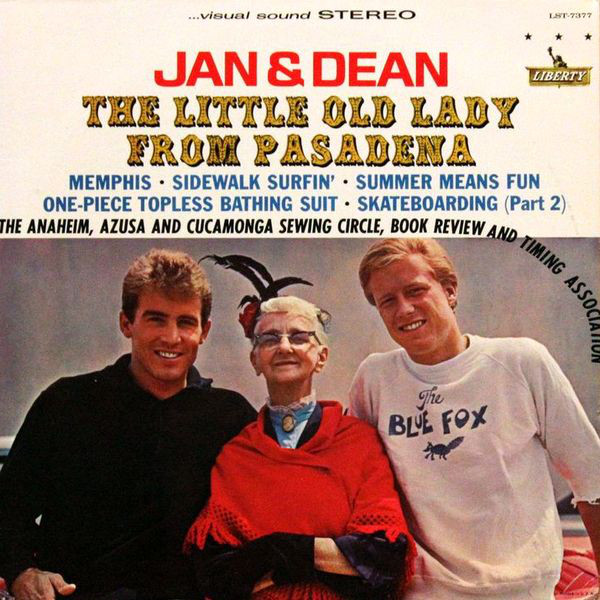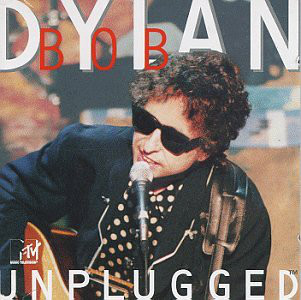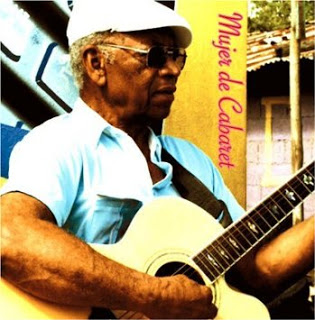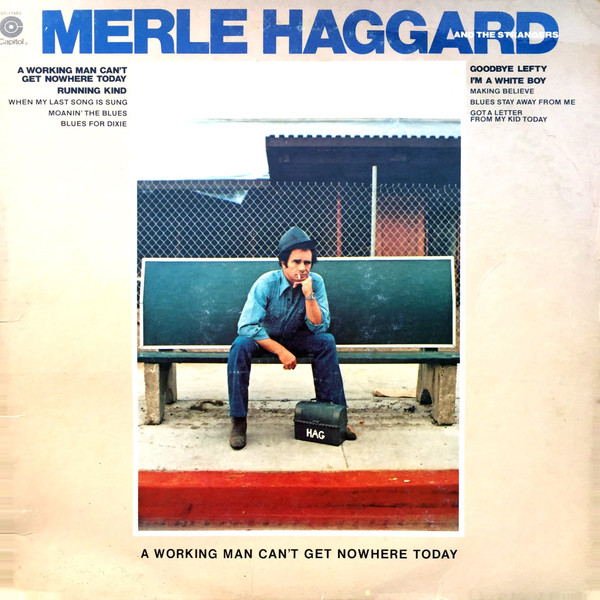
“Wanted” (1975) – The Osmonds * Written by Alan, Wayne and Merrill Osmond * Produced by Mike Curb * 45: “Havin’ a Party” / “Wanted” (UK only) * Label: MGM/Kolob
“Wanted” is a hidden Osmonds goodie, released only as the B-side for the 1975 UK single “Havin’ a Party.” The A-side, moderately successful over there, had appeared on Love Me for a Reason, which was their panicky answer to the poor sales of their ambitious The Plan. “Wanted,” which had a 1975 copyright, happened to be one of their best recordings. It’s a song sung by Wayne that moves back and forth between chugging “Crazy Horses” rock and mid-seventies soul-in-the-Milky-Way dreaminess and features a sublime-sounding guitar solo. Considering songs like this, and others that Wayne had more prominence in (and also his underutilized lead guitar chops), it seems that he took quite a few, maybe more than we realize, for the team. The difference between this strong track and the weak 1975 Proud One album is staggering. The “Crazy Wayne” joke-teller stage role he filled for the rest of their years possibly masked a frustrated penchant for interesting musical expression. The scene in the bio drama Inside the Osmonds (2001), where the otherwise quiet soldier Wayne— dressed as a crab for the Donny and Marie show—tells Merrill that his chances for a legitimate recording career had officially been dashed, might be one of its truest moments. If the family’s perception of commercial expediency buried additional tracks like this, that’s a very sad thing. (Adapted from my Osmonds mega-post at Early 70s Radio.)

